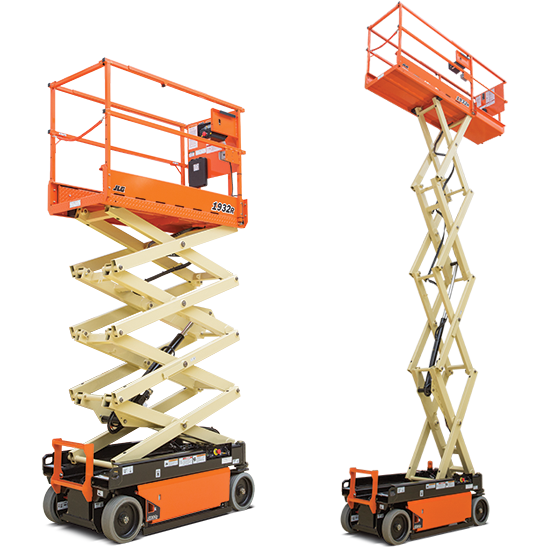 In the past year, there have been 10 deaths and more than 20 serious injuries involving scissor lifts. And now the US Occupational Safety and Health Administration is issuing a warning to companies that use the lift devices.
In the past year, there have been 10 deaths and more than 20 serious injuries involving scissor lifts. And now the US Occupational Safety and Health Administration is issuing a warning to companies that use the lift devices.
Scissor lifts are widely used in warehouses, factories, docks, construction, and in the retail and entertainment industries. They essentially are mobile lift platforms that use a scissors-like hydraulic lifting device to elevate a work platform.
But the rash of scissor lifts accidents has prompted OSHA to take action, according to a special bulletin issued by the agency.
Safe When Used Properly
“Scissor lifts provide a safe and reliable platform for workers to perform job tasks when used according to the manufacturer’s instructions,” the bulletin stated. “When not used properly, scissor lifts can present a serious health hazard to workers. Employers are responsible for keeping workers safe.”
Most scissor lift accidents resulted from falls. But there also have been instances in which the devices have tipped over due to being unstable or being parked on ramps or hills.
Training Is Key
According to the OSHA special bulletin, only workers who have specifically trained to work with scissor lifts should be allowed to use the vehicles. This training should include specific instructions on how to operate and move the lift safely, how to handle materials on the lift, and an understanding of weight limits and other hazards workers could potentially encounter such as electrical wiring.
“Positioning the scissor lift to avoid electrocution, arc flash, and thermal burns is important for safely using scissor lifts near energized power lines,” the agency warned in its bulletin. “Since electricity can arc or jump from the power line to the scissor lift or worker, electrocution can occur even if neither the scissor lift nor the worker touches the power line.”
Equipment defects and maintenance requirements also should be addressed, according to OSHA.
Rash of Accidents
As scissor lifts become more popular, the number of incidents is increasing. The federal agency cited a 2010 accident in which a student employee of the University of Notre Dame was killed while filming football practice from a scissor lift. The lift bed — which had been extended to more than 39 feet — was blown over when wind gusts exceeded 50 mph.
To avoid falls, workers need to be trained to make sure guardrails are always in place, to always stand on the work platform rather than the guard rails, and to work within easy reach of their project so they can avoid leaning out of the lift. Personal protective equipment, such as harnesses, hard hats, and other equipment, such be used as well.
Park on Firm, Even Ground
Scissor lifts should never be parked on a ramp, incline or hill. Instead, vehicles should only be parked on firm, level surfaces that are away from hazards that can cause instability, such as drop-offs, holes, slopes, bumps, ground obstructions or debris.
Scissor lifts used outdoors should only be used in good weather. Most scissor lifts rated for outdoor use are generally limited to wind speeds below 29 mph.
“Scissor lifts provide a safe and reliable platform for workers to perform job tasks when used according to the manufacturer’s instructions,” the bulletin stated. “When not used properly, scissor lifts can present a serious health hazard to workers. Employers are responsible for keeping workers safe.”
